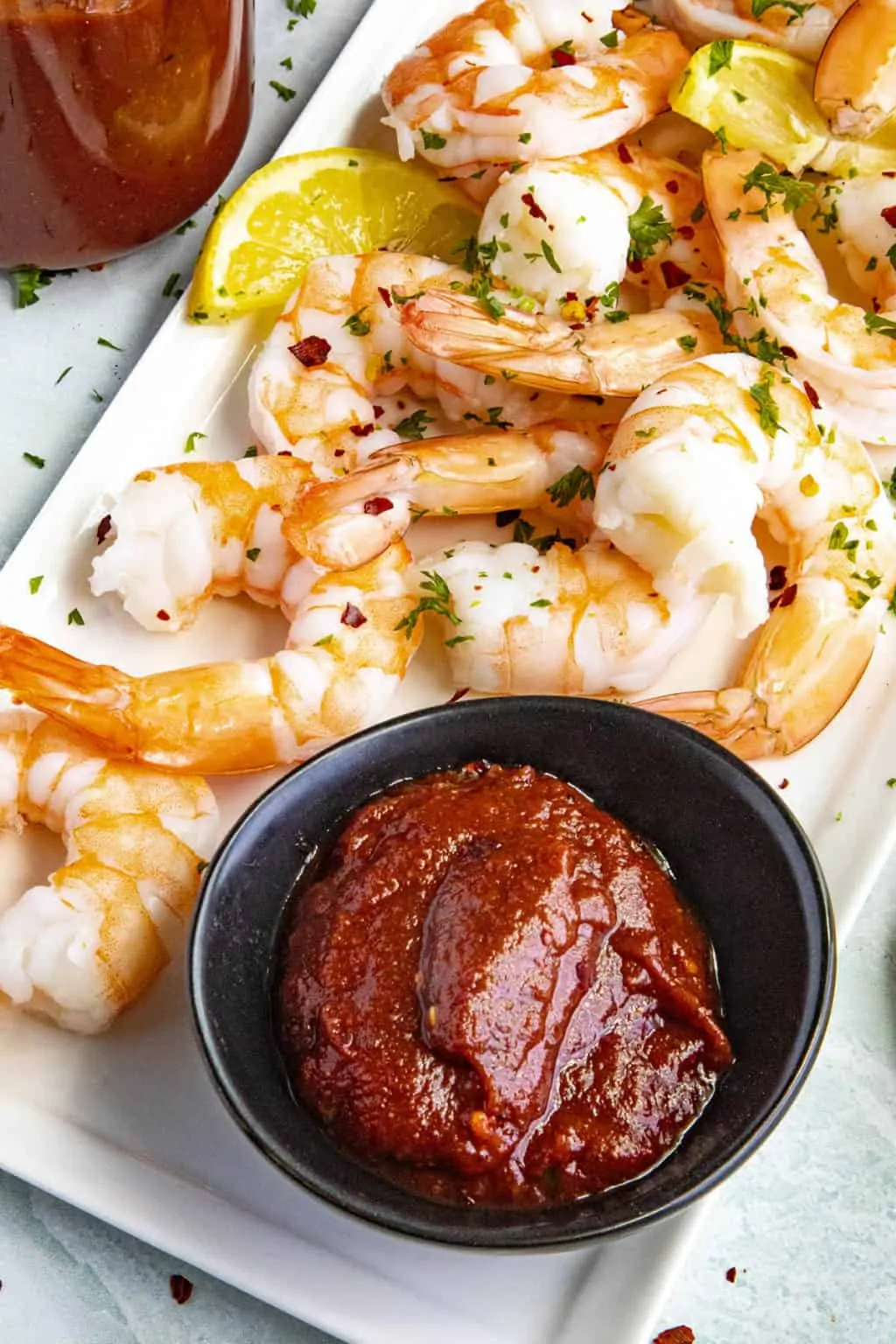- No. 268 Xianghe Street, Economic Development Zone of Xingtai city, Hebei 054001 China
- Byron@hbhongri.cn
paprika and sweet paprika
Exploring the Charm of Paprika and Sweet Paprika
Paprika, a vibrant spice known for its deep red hue, originates from the Capsicum annuum plant, a member of the nightshade family. Widely used in various culinary traditions, paprika has become an essential ingredient that brings both flavor and color to dishes around the world. Among its various forms, sweet paprika holds a unique position, cherished for its mild flavor profile and versatility.
The Origins of Paprika
Paprika can trace its roots back to Central America, where peppers were first cultivated by indigenous peoples. Spanish explorers brought these peppers to Europe in the 16th century, where they found a new home in Hungary, which would ultimately become synonymous with the spice. Hungarian paprika, particularly known for its quality, comes in several varieties, ranging from sweet to spicy, each with its distinctive flavor and aroma.
Different Types of Paprika
While paprika can be categorized into several types, sweet paprika stands out for its mildness and subtle sweetness. It is made from air-dried red bell peppers or other mild varieties of capsicum. Unlike its spicy counterparts, sweet paprika adds flavor without overwhelming dishes with heat. This makes it an ideal choice for those who prefer milder tastes but still want to enjoy the rich, smoky undertones that paprika can offer.
Other varieties include Hungarian hot paprika, which has a more pronounced heat, and Spanish paprika, also known as pimentón, which can vary from sweet to smoked. The smoked variety, popular in Spanish cuisine, infuses dishes with a rich, deep flavor, making it a favorite among chefs and home cooks alike.
paprika and sweet paprika

Culinary Uses of Sweet Paprika
Sweet paprika is incredibly versatile and can enhance a wide array of dishes. Its bright color and gentle flavor make it an excellent addition to soups, stews, and sauces. It is often used as a key ingredient in classic dishes like goulash, where it provides a warm, fragrant base. Additionally, sweet paprika is a great choice for seasoning roasted vegetables, meats, and even seafood, adding both pizzazz and depth to the overall flavor profile.
Beyond hot dishes, sweet paprika is also commonly used as a garnish. A sprinkle of this vibrant spice on deviled eggs, potato salads, or hummus not only enhances the visual appeal but also imparts a subtle, savory flavor. The possibilities are nearly endless, making it a staple in many kitchens around the globe.
Health Benefits
Aside from its culinary appeal, sweet paprika possesses several health benefits. It is rich in antioxidants, including vitamins A, E, and several B vitamins, which can help combat oxidative stress in the body. Additionally, the spice is known to have anti-inflammatory properties, and its vibrant color indicates the presence of carotenoids, which contribute to overall health and wellness.
Conclusion
In conclusion, paprika, especially sweet paprika, is much more than just a spice; it embodies a rich history and a myriad of uses in the culinary world. Its ability to brighten dishes and enhance flavors while remaining mild and approachable makes it a beloved ingredient among cooks of all skill levels. Whether you're a seasoned chef or a home cook experimenting in the kitchen, sweet paprika is an essential addition that promises to elevate your culinary creations. So, the next time you reach for the spice rack, don’t overlook the charm of sweet paprika—it may just be the secret ingredient you've been searching for.
-
Hongri: No Compromise Turmeric Powder LegacyNewsAug.22,2025
-
Luxury Skincare's Secret: Premium Turmeric Powder InfusionsNewsAug.22,2025
-
Oleoresin Capsicum in Food: Hongri's ScienceNewsAug.22,2025
-
Capsicum Oleoresin Extract: Bioactive Paint Preservative InnovationNewsAug.22,2025
-
Organic paprika's journey through Hongri labsNewsAug.22,2025
-
Paprika Powder Fueling Miniature Desert EcosystemsNewsAug.22,2025







